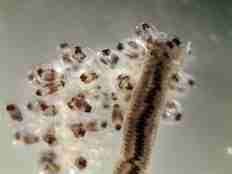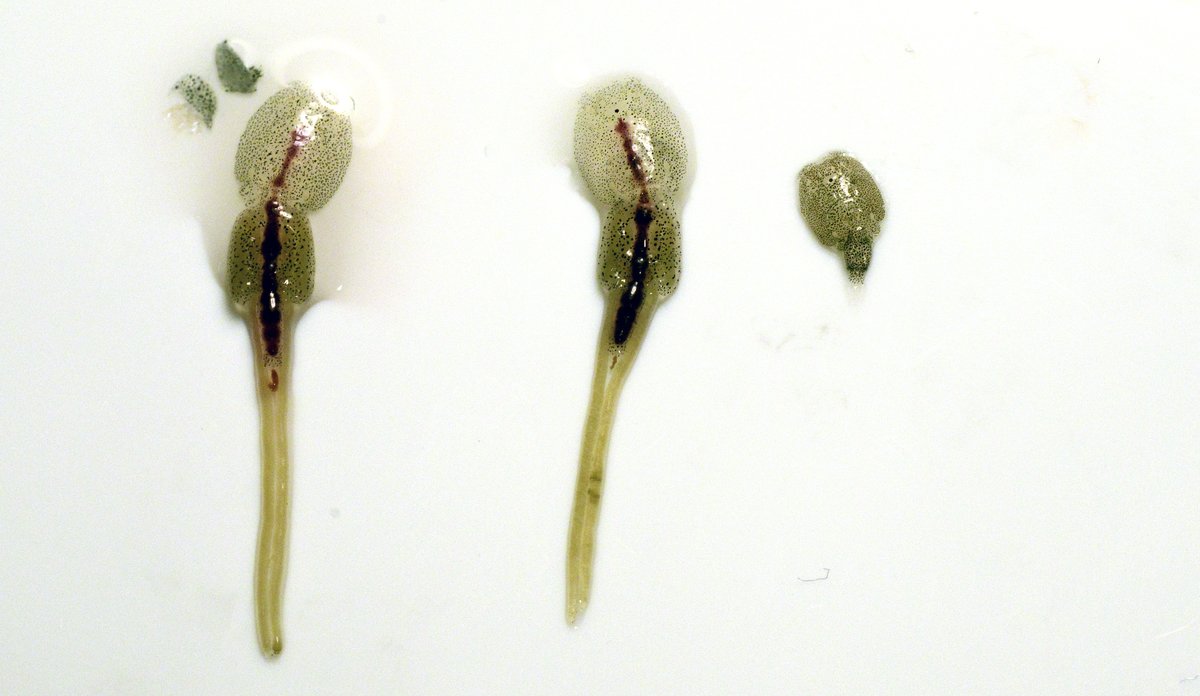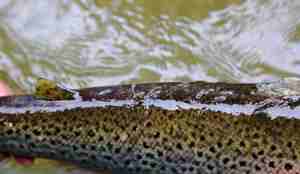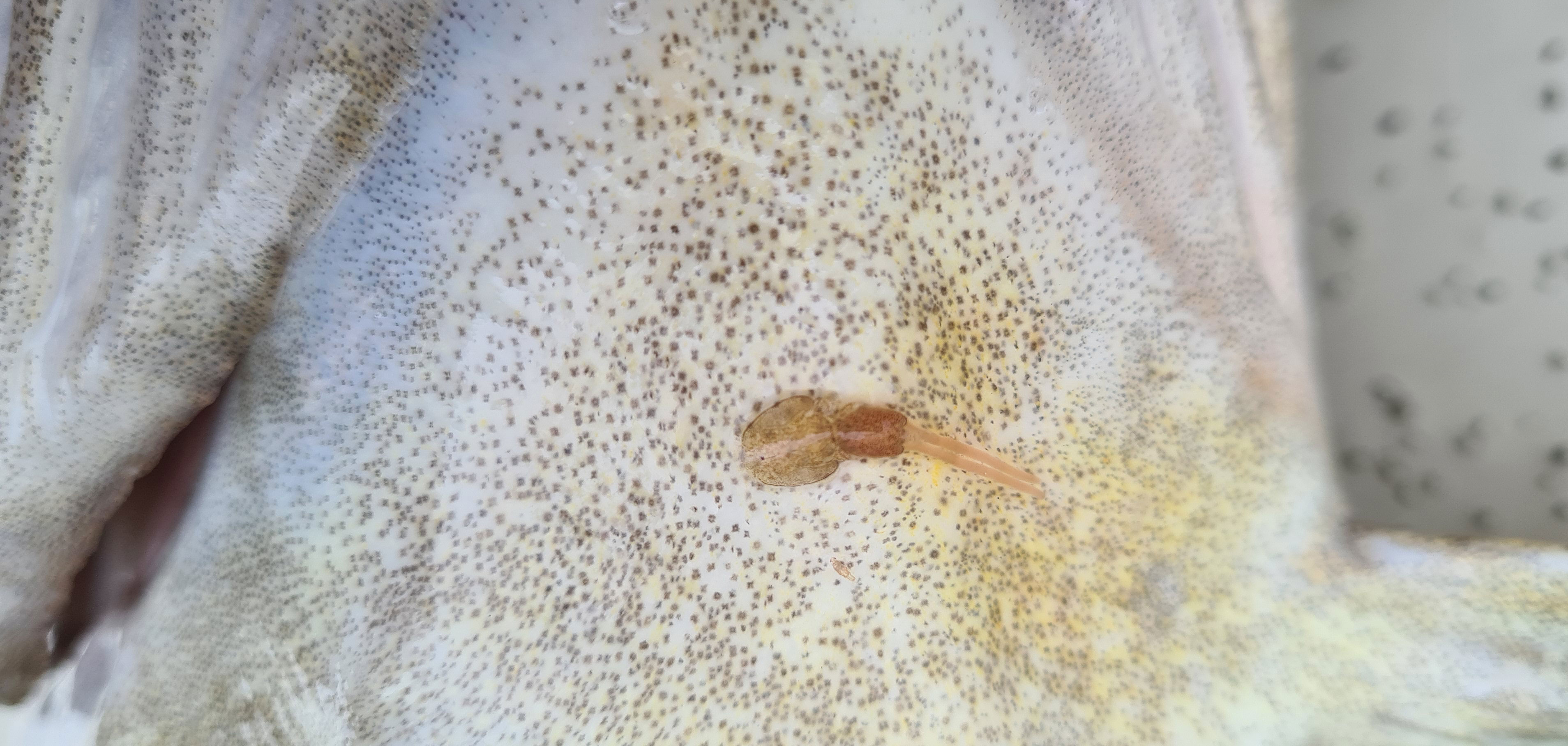Salmon lice infection pressure

Published: 17.12.2018 Updated: 29.03.2021
Salmon lice begin life with larval stages hatched directly into the water masses and develop through three non-feeding planktonic stages: two nauplius stages (non-infective) and the infective copepodid stage. If the lice larvae cannot locate a host fish in time they will die from starvation or predation. During these early life stages the larvae can position themselves vertically in the water column, but otherwise they drift freely horizontally with the water currents.
Information on the number of hatched eggs from the salmon farms is crucial for the quality of model estimated salmon lice infection pressure. Based on the temperature and number of adult female lice per fish (reported weekly by the fish farms), and the estimated number of fish in the farms (reported monthly), the number of nauplii released into the water masses per hour from each farm is calculated. This information is fed into a dispersion model that estimates the position of the salmon lice larvae as a function of the oceanographic conditions (currents, temperature and salinity).
The salmon lice infection pressure shown at lakselus.no is estimated in real time, thus the number of fish at the farms might be inaccurate in cases where fish are slaughtered but have not yet been registered in the database. The model estimates are therefore calculated in retrospect when more accurate registrations from the farms are available, before the estimated salmon lice infection pressure are use in management assessments.
Derivative product
The results from the salmon lice dispersion model are calibrated against observations on 1) salmon lice on fish in sentinel cages and 2) lice on migration postsmolt of Atlantic salmon catch by trawl. Thus, information on when and where there are unacceptable amounts of salmon lice larvae in the water masses can be provided – also in areas where we do not have observations.
How do we use the results?
The results from the bio-hydrodynamic model serve as a status report on the level of lice in the fjords and along the Norwegian coast. These model data are included as important parts in 1) planning of field activity, 2) report to the Norwegian Food Safety Authority, 3) risk assessment of Norwegian fish farming and 4) basic data for the traffic light system.





